brand identity
develop a full brand identity
A style guide is not a brand book.
It’s only one chapter.
Colors, logo, tagline, and fonts may be the most fun, but a true brand book spans every element of brand identity.
Question for you:
Does your brand book’s table of contents look like this one?
If not, it’s incomplete.
core elements of brand identity
1
brand focus
Too many brands say the exact same thing. Your founding truth must be unique to guide your values, mission, and vision.
2
conversations
Define how you speak and write with voice, tone, and copy principles. Establish your brand positioning and core messages.
3
visual identity
Determine your color scheme and design principles. Outline logo usage rules and brand typography for print and web.
unpacking your brand identity
jump to:
establish a brand focus
Focus your brand on established principles for external communication. Your Founding Truth is the universal “one thing” that current and prospective customers believe. Core values are statements of that truth. Characteristics are how you express these values. Your mission outlines your purpose today, and your vision depicts who you aspire to be.
brand focus
define your voice & tone
A brand’s voice dictates the pace, personality, and vocabulary of the written word. Tone represents its attitude and sound. Together, these help inform your copy principles, which are quick additional guidelines for strong and meaningful copy.
voice & tone
articulate your brand positioning
A value proposition defines your unique competitive advantage or solution. A positioning statement articulates specifically how your approach fulfills the wants or needs of your customers. Your unique selling propositions are true to you alone, not claims that any competitor could also make. From here, we can develop consistent, core messages from the brand and ideas that bring it to life.
positioning & messaging
create a logo, tagline, & design standards
Whether it’s designed, a lettermark, or a wordmark, every great logo must be: Simple, Distinct, Timeless, Adaptive, and Memorable. More than a clever catchphrase, a tagline must be: Short, Personal, and Action-Oriented. Logos and taglines should each require a double-take. With these defined, we can outline color guidelines and design principles to govern the visual identity of your brand.
logo, tagline, & design
outline your typography & usage rules
Your font choice should come with careful research and consideration. Our “favorite” fonts may not be universally applicable, despite the elegance or modernity they communicate. Ornate, decorative fonts may work well for a logo lockup or wordmark, but they may not web- or email-safe. Web safe fonts are supported across modern devices and operating systems (i.e iPhones and iOS). Email safe fonts may be more restrictive, dependent on the email client (i.e. Gmail vs. Apple Mail). Before falling in love with a given selection, we consider how fonts will render on-screen, in-email, and on-page. Where a chosen font fails, we secure a viable fall-back option.







